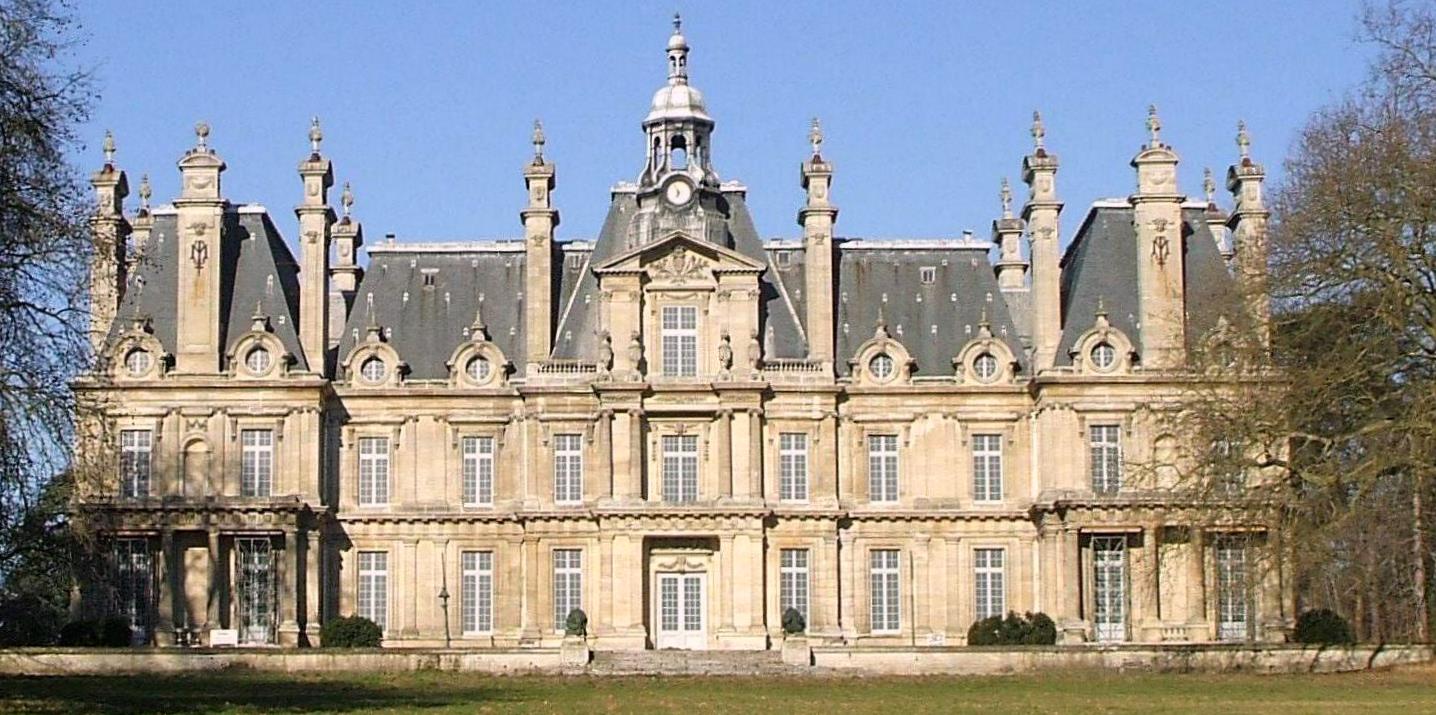Architecture of 19th Century Castles
The architecture of 19th century castles marks a period of transition and innovation, characterized by the rediscovery of historical styles and a strong influence from the artistic movements of the time. This century witnessed great architectural diversity, ranging from neoclassicism to romanticism, including the Second Empire style and neo-Gothic. This article will look at the characteristics of this architecture, the historical contexts that influenced it and some emblematic examples of castles from this era.
A Historical Context
The 19th century was a time of upheaval in France. It is marked by major political changes, notably the Revolution of 1789, the revolutions of 1830 and 1848, as well as the rise of industrialization. These events shape not only society, but also architecture. Nobles and bourgeois undertake construction projects to display their power and status, while industrialization creates new possibilities for construction.
During this century, the taste for the past grew stronger, and architects drew inspiration from medieval, Renaissance and classicist styles to design castles that evoke times gone by. This gives rise to a rich and varied architecture, reflecting the aspirations of a rapidly changing society.
Architectural Features
The 19th century castles are distinguished by several architectural characteristics which reflect the diversity of styles of the period. Here are some key elements:
1. Neoclassicism:
At the beginning of the 19th century, neoclassicism continued to influence architecture. The buildings feature clean lines, majestic columns and triangular pediments. This style focuses on symmetry and harmony, drawing inspiration from ancient designs.
2. Romanticism:
Romanticism, which emerged in the middle of the century, was characterized by a return to more expressive and varied forms. Romantic-style castles feature varied architectural motifs, slate roofs, towers and decorative elements inspired by Gothic and Renaissance styles. This gives an impression of movement and originality.
3. Neo-Gothic:
This style, which was very popular in the 19th century, is inspired by medieval structures. Neo-Gothic castles are often decorated with gargoyles, spires and pointed arched windows. These elements evoke a feeling of mystery and romance, which makes them particularly appealing.
4. Second Empire Style:
With the advent of Napoleon III and the Second Empire, architecture underwent a significant evolution. The Second Empire style is characterized by mansard roofs, baroque ornaments and richly decorated facades. Castles built in this style reflect the imperial power and splendor of the era.
Examples of 19th Century Castles
Several emblematic castles in France perfectly illustrate 19th century architecture. Among them:
Château de Chambord:
Although it was started under François I, the Château de Chambord underwent numerous modifications in the 19th century, notably due to its integration into the Loire domain. Its famous slate roofs and double spiral staircases are striking examples of Renaissance style and neoclassical influence.
Château de Fontainebleau:
This castle, which was used by several kings of France, has a rich architectural history. In the 19th century, it was restored in the neoclassical and romantic style, incorporating elements of imperial architecture. Its François I gallery is particularly famous for its elegance.
Château de Chenonceau:
Known for its elegance and refinement, Château de Chenonceau is an iconic example of French Renaissance architecture. Although its construction began in the 16th century, additions and renovations were made in the 19th century, giving it a romantic and modern touch.
The Heritage of 19th Century Castles
The architecture of 19th century castles left a lasting mark on the French architectural landscape. The design principles of this era continue to influence contemporary buildings, and many of these castles are historic monuments today, attracting millions of visitors each year.
These castles are not only testimonies of architectural history, but also works of art that tell fascinating stories of French history. They reflect the aspirations of a changing society and embody the luxury and elegance of a bygone era.
The architecture of 19th century castles reflects an era rich in cultural and political transformations. With their diversity of styles, these castles embody the taste of the time for elegance and refinement. By exploring these buildings, we discover not only remarkable architectural creations, but also a historical wealth that continues to inspire future generations.
Follow “ ProprietesDeCharme.com ” on YouTube but also on Facebook Twitter LinkedIn Instagram Pinterest


